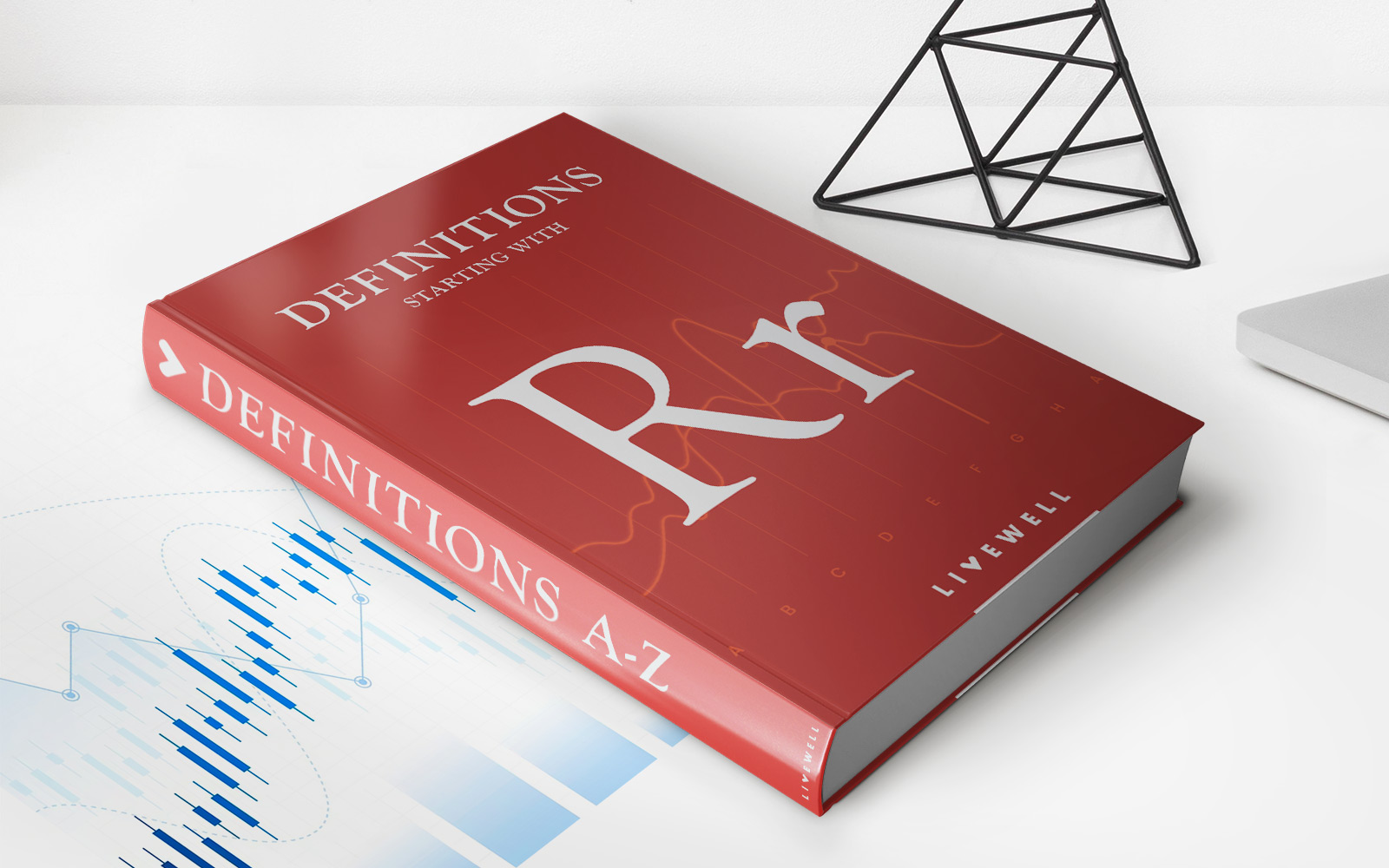Home>Finance>Return On Market Value Of Equity (ROME) Definition


Finance
Return On Market Value Of Equity (ROME) Definition
Published: January 20, 2024
Learn the definition of Return on Market Value of Equity (ROME) in finance and understand its importance in evaluating a company's financial performance.
(Many of the links in this article redirect to a specific reviewed product. Your purchase of these products through affiliate links helps to generate commission for LiveWell, at no extra cost. Learn more)
Understanding Return on Market Value of Equity (ROME)
Welcome to our finance category! In this blog post, we are diving deep into the concept of Return on Market Value of Equity, also known as ROME. If you’ve ever wondered how organizations measure their financial performance, ROME is a key metric that provides valuable insights. So, let’s explore what ROME is all about and how it can help you evaluate the financial health of a company.
Key Takeaways:
- Return on Market Value of Equity (ROME) is a financial metric that measures the return generated by a company on its market value of equity.
- It allows investors and analysts to assess the efficiency and profitability of a company in generating returns for its shareholders.
Defining Return on Market Value of Equity (ROME)
Return on Market Value of Equity (ROME) is a ratio that evaluates how efficiently a company utilizes its market value of equity to generate returns. It provides a comprehensive perspective on a company’s financial performance by accounting for both operating profits and market valuation. By considering these factors, ROME helps investors and analysts assess the value created for shareholders.
ROME is calculated by dividing the operating income of a company by its market value of equity. The operating income represents the profitability generated from core business operations, while the market value of equity represents the total worth of the company as indicated by investors in the stock market.
Essentially, ROME quantifies the return generated by every dollar of equity invested in the company and provides insights into its ability to generate profits. A higher ROME indicates that the company is efficiently utilizing its equity to generate returns, whereas a lower ROME suggests that the company might not be optimizing its resources effectively.
Why Is ROME Important?
Understanding ROME can be beneficial for investors, financial analysts, and even the company’s management. Here are a few reasons why ROME is an important metric to consider:
- Evaluating Financial Performance: ROME helps assess the financial health and efficiency of a company by measuring its ability to generate returns on equity. It provides a comprehensive view of a company’s performance, incorporating both profitability and market valuation.
- Comparing Companies: ROME allows investors and analysts to compare the financial performance of different companies within an industry. By analyzing ROME ratios, one can identify companies that are more successful in generating returns for their shareholders.
- Setting Financial Goals: For company management, ROME can serve as a benchmark for setting financial goals. By striving to improve their ROME ratio over time, companies can enhance their efficiency and profitability, ultimately creating value for their shareholders.
Wrapping Up
Return on Market Value of Equity (ROME) is a powerful financial metric that provides insights into a company’s ability to generate returns on equity. By considering profitability and market valuation, ROME offers a comprehensive view of a company’s financial performance. Understanding this metric is crucial for investors, analysts, and company management alike. By analyzing ROME ratios, you can evaluate financial performance, compare companies, and set meaningful financial goals. So, make sure to include ROME in your financial analysis toolbox!














